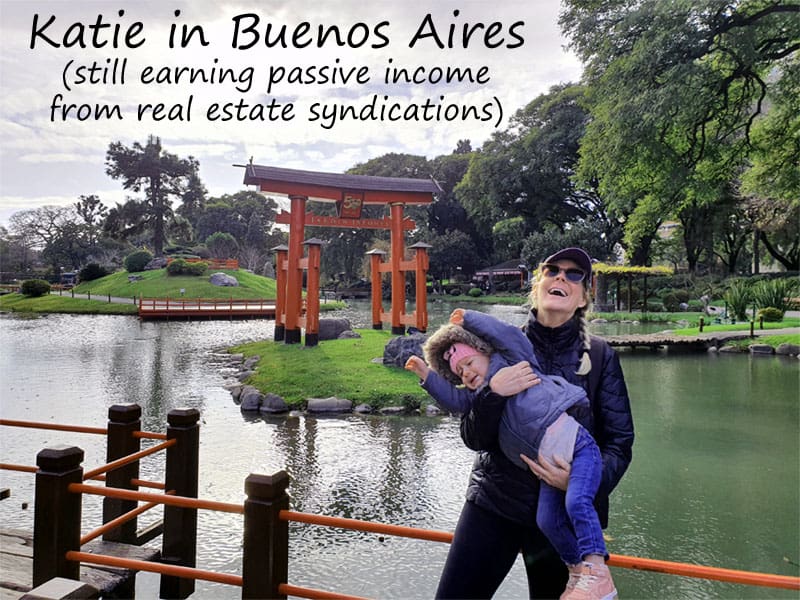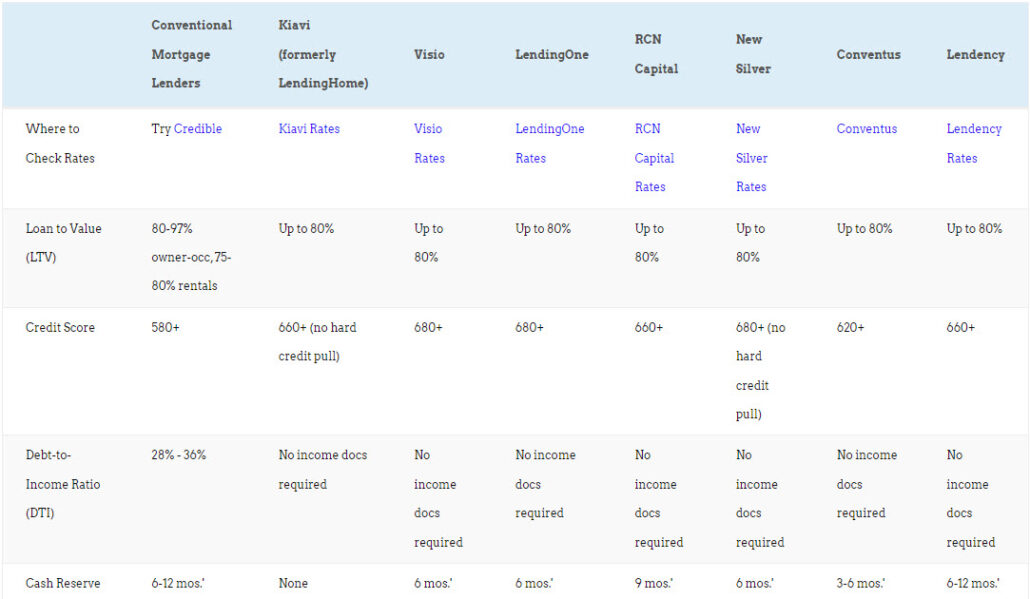
News flash for property owners: things break. That new roof you’re putting on your rental property? It might keep the elements out now, but give it a couple decades and you’ll need a new one.
That’s why real estate investors can deduct depreciation — the decrease in value of a building as it ages and approaches the end of its usable life. The U.S. tax code allows you to recover the cost of certain property over the time you use it, providing an allowance for wear and tear, deterioration, or obsolescence.
When you purchase or build real estate, the IRS lets you “deduct” the cost of the building itself. Not all in one year however: you have to spread the deductions over 27.5 years for residential properties and 39 years for commercial properties. But we all know many components of a property won’t last anywhere close to three decades. And so does Uncle Sam.
Because of this fact, real estate investors have a powerful tool at their disposal to maximize tax benefits and improve cash flow: cost segregation studies.
Cost Segregation Studies Explained
Put simply, a cost segregation study reclassifies as much of a building as possible into other tax categories. Specifically, to tax categories that let you depreciate them over shorter periods of time.
A cost segregation study helps you to separate the different elements of your property that have different useful lives and, therefore, different depreciation schedules. Instead of the usual 27.5-year depreciation period for the whole property, certain components — such as land improvements or appliances — can be identified and reclassified for faster depreciation.
This lets you deduct more for depreciation in the early years of owning the property. In other words, you accelerate the depreciation schedule, reducing your taxable income now.
Most real estate syndications use a cost segregation study to accelerate depreciation. It’s one of the many tax advantages that come with them, letting you claim a loss on your tax return even as you collect real cash flow. (And one of the reasons we invest passively in these in our real estate investment club!)
Why Use a Cost Segregation Study?
Although they aren’t cheap, cost segregation studies offer a powerful financial analysis tool for real estate investors looking to loosen Uncle Sam’s grasp. The benefits of cost segregation include improved cash flow, enhanced ROI, and a deeper understanding of your property’s true value and condition.
-
- Improved Cash Flow & Returns: Cost segregation studies enable real estate investors to reduce their tax liability in the early years of property ownership. By front-loading rental property tax deductions, investors can reduce their overall tax burden and increase profitability, particularly during the initial years of property ownership before rents have had a chance to rise much. This results in improved cash flow that can be reinvested or used for property maintenance, or used to purchase additional properties.
- Interest-Free Borrowing from the IRS: When you sell the property, you have to repay the IRS for the depreciation tax savings, known as depreciation recapture. But that could be decades from now, if you sell at all. And in the meantime, you effectively get an interest-free loan from the IRS.
- Deeper Understanding of Property Valuation: A cost segregation study provides a detailed breakdown of the property’s components and their respective values. This granular analysis can help determine a more accurate property valuation — a potential advantage when seeking financing or when making future investment decisions about the property.
Who Performs a Cost Segregation Study?
Thankfully for those of us who are neither contractors nor tax lawyers, you don’t do a cost segregation study yourself. A qualified team of tax and engineering experts comes to inspect the components of your property — assessing everything from the plumbing to the flooring to the landscaping — to determine if you can accelerate the depreciation of any of these items.
This team will identify and segregate various building components into shorter depreciation periods. They’ll even examine architectural plans, engineering specifications, and construction records looking for opportunities for accelerated property depreciation.
At the end of the study, you’ll receive a detailed report concluding how much you can save on your taxes by using accelerated depreciation. The whole process can take upwards of a month from start to finish, for large apartment complexes.
How Much Do Cost Segregation Studies Cost?
Of course, you’ll pay for these professionals’ time and expertise.
Depending on the size and complexity of your property, you should expect to pay between $5,000 to $15,000 for a commercial cost segregation study and the recommendations in the report. That makes them unfeasibly expensive for most single-family or small multifamily rental properties.
Unless you use a DIY cost segregation study service, that is. Over the last few years, companies like Rental Property Refund have started offering an automated service to provide a lawful cost segregation study, based on a quick form that you fill out. It takes minutes instead of a month, and costs around $1,500 instead of $5-15K. I’ve also heard positive feedback about KBKG and DIYCostSeg as two additional do-it-yourself options.
Landlords can often recoup this one-time cost through tax savings within a couple of years.
Accelerated Depreciation on a Rental Property
By accelerating depreciation deductions, owners of commercial property can realize significant tax benefits in the early years of ownership.
Many types of personal property (think appliances, furniture, and fixtures) depreciate quickly, often over just five or seven years. You can depreciate many types of land improvements — such as outdoor lighting, paving a driveway or parking lot, or fencing — over 15 years.
Accelerating the depreciation deductions for these components reduces your taxable income, creating potentially substantial tax savings. These tax savings can improve your cash flow, reduce your overall tax liability, and increase your property’s return on investment (ROI).
When Does a Cost Segregation Study Make Sense?
Given their cost, a cost segregation study doesn’t always make sense for everyone. You need to weigh the potential benefits against the study’s large, upfront cost.
That said, a cost segregation study makes great sense in the right situations. Consider a cost segregation study if you meet these conditions:
1. You own a commercial property or multifamily rental property. Large commercial properties or multifamily residential properties like apartment buildings, which often include a ton of personal property and other depreciable assets, tend to see the most benefit from a cost segregation study. Properties valued at about $500,000 or more make the best candidates for a worthwhile cost segregation study. And no, you can’t use cost segregation for your primary residence.
2. You have purchased, built, or remodeled your investment property recently. The best time to conduct a cost segregation study is the same year in which you buy, build, or renovate your investment property. This way you get the most value out of the tax savings from accelerated depreciation. And even if it’s been a few years, you can still do a “look-back” cost segregation study and claim a catch-up tax deduction.
3. You plan to hold the property for at least 3-5 years. It might take you a few years to fully recapture the upfront fees to conduct a cost segregation study, so it only makes sense if you plan to retain the property long enough to reap the tax savings from accelerated depreciation.
When in doubt, consult with your friendly neighborhood tax advisor or a qualified cost segregation specialist to determine the feasibility and potential benefits of a cost segregation study for your specific situation.
How to Get a Cost Segregation Study
So you’ve decided a cost segregation study sounds like a rip-roaring good time? Great! Where do you get started?
The process of obtaining a cost segregation study looks like this:
1. Engage a Qualified Professional: To initiate a cost segregation study, you must engage a qualified professional who specializes in this field. The IRS requires firms to demonstrate expertise in engineering, construction, tax law, and accounting in order to conduct cost segregation studies. Look for providers online or search the American Society of Cost Segregation Professionals website for providers in your state. You’ll then work with that provider to analyze whether your investment property is a good candidate for cost segregation.
2. Gather Relevant Documents: Once you agree to move forward with a cost segregation study, you’ll need to gather records and documents the cost segregation professionals will use to determine the value of your property and its components. At a minimum, plan to provide your most recent appraisal of the property, inspection report results, the closing documents you signed when you bought the property and any other relevant property records. If you have them, bring any blueprints you have from when you built or remodeled.
3. Property Review: Over the course of several weeks to a month, the professionals will conduct an extensive review of the property, examining architectural plans, engineering specifications, and construction records. They will identify various components that qualify for shorter depreciable lives and classify them based on the applicable tax rules and regulations.
4. Depreciation Reclassification and Cost Allocation Report: Upon completing the component classification, the professional will reclassify the eligible components into shorter depreciation periods and provide a comprehensive cost allocation report. This report details the reclassified components, their values, and the corresponding depreciation periods. It serves as the documentation for the accelerated depreciation you’ll claim on your income taxes.
5. Tax Return Reporting: Armed with the cost allocation report, real estate investors can update their income tax return filings to reflect the accelerated depreciation deductions. It is essential to consult with a tax professional or accountant to ensure compliance with all tax regulations and reporting requirements.
Final Thoughts
Cost segregation studies offer a powerful tax strategy to many real estate investors, especially those dealing in commercial real estate or high-value residential rental properties. By reclassifying components of a rental property into shorter depreciation periods, investors can accelerate their depreciation deductions, leading to reduced taxable income, improved cash flow, and potentially significant tax savings.
However, cost segregation studies are no joke. They require significant effort from highly qualified professionals, which means they carry substantial fees. But you get what you pay for; engaging experts experienced in cost segregation ensures accurate component identification, proper classification, and compliance with tax laws and regulations. This is not an exercise in which you want to cut corners.
When done well and in the right situation, a cost segregation study can unlock the full potential of a real estate investor’s rental property, making your investment more rewarding in the long run and freeing up cash in the short term to fund other endeavors.♦
What questions do you still have about how cost segregation studies help real estate investors accelerate depreciation?
More Real Estate Investing Reads:
About the Author

Jim Cirigliano has more than 15 years of experience writing original content for consumer and business publications in industries including personal finance, construction and manufacturing, nature and outdoors, and science and biotechnology. He operates Spot Check Editorial, which produces world-class content that engages readers and customers.



























Fascinating stuff. Didn’t know you could do a cost segregation study for a single-family rental. At least not affordably.
I didn’t either until a few weeks before this!
I’ve been enjoying these for years as a passive investor in real estate syndications. Didn’t know you could use them for SFRs.
Likewise Nathan!
I appreciate how this article breaks down the process of cost segregation studies and explains why they are beneficial for maximizing tax savings on rental properties.
Glad it was helpful Santiago!
Fascinating. I’m going to give this DIY cost segregation study service a try for my newest rental property. Curious to see how smooth the process is.
Keep us posted Bron!
It’s impressive how they help optimize depreciation and maximize returns on rental properties. Any chance you could recommend situations where a cost segregation study becomes especially advantageous? Thanks!
Hi Elena, it just depends on the value of the property and whether it’s worth paying the fee for a cost segregation study in exchange for faster depreciation. Some investors value the initial tax writeoffs more than others.